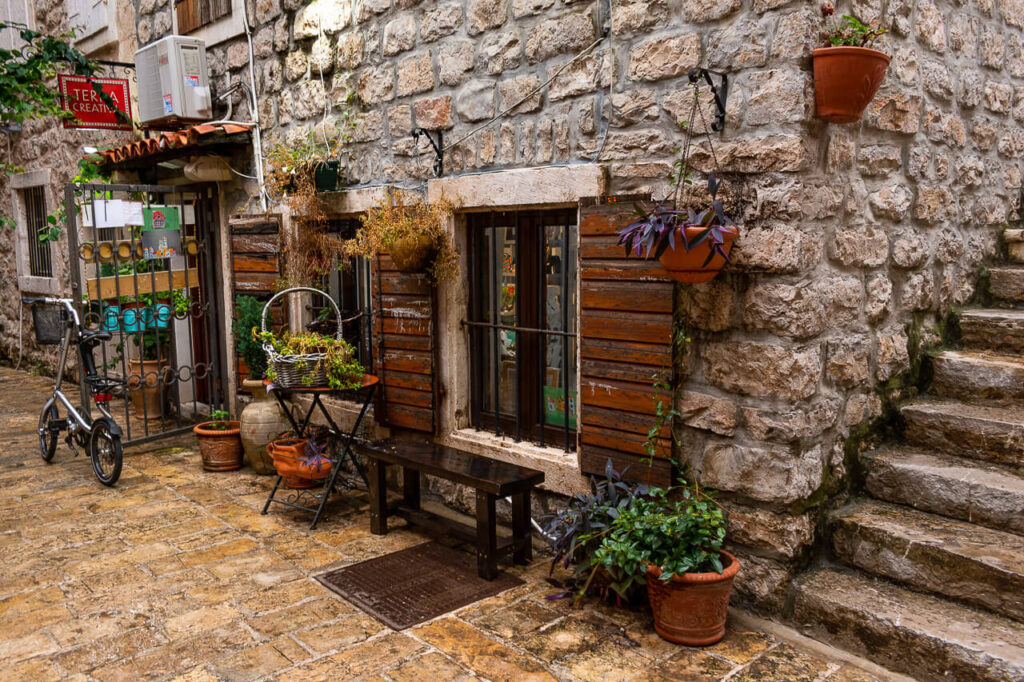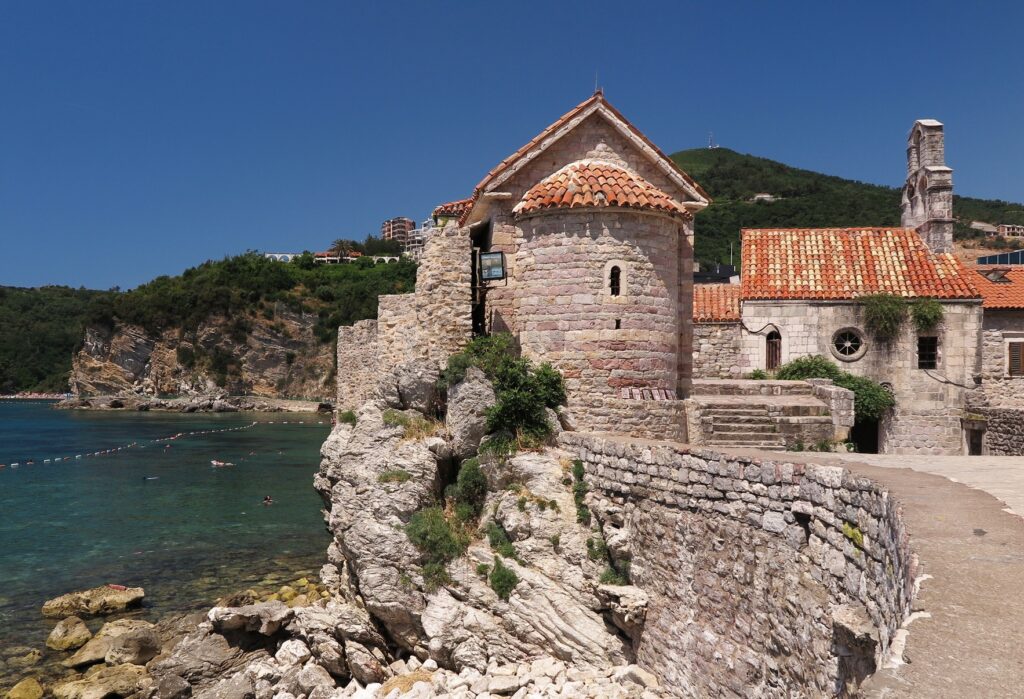history of Budva old town
The coastal landscapes of Montenegro harbor many secrets, but none are quite as captivating as the story of the history of Budva old town. Nestled on the Adriatic coast, this ancient town brims with stories of civilizations past and present.
Founded over 2,500 years ago by the Illyrians, Budva stands among the oldest settlements on the Adriatic coast. Its coveted position made it a target for various empires, each leaving an indelible mark on its culture and architecture. Romans, Byzantines, and Venetians have all contributed to the rich tapestry of Budva’s historical legacy.
Walking through the narrow cobbled streets, one can easily be transported back to medieval times. The city walls, which have been guarding Budva old town for centuries, bear testament to its storied past. As epochs changed, the town saw shifts in dominance, but it always retained its unique character.
In the modern era, while Budva has expanded beyond its ancient borders, the old town remains the heart and soul of the region. Today’s visitors are not just attracted by its stunning beaches but also by the layers of history embedded in every stone.
History of Budva old town’s resilience is a testimony to the Montenegrin spirit and the town’s ability to adapt, evolve, and thrive. From its Illyrian roots to its contemporary role as a tourism magnet, Budva’s old town remains a timeless beacon of Adriatic history.

architecture of Budva old town
Architecture of Budva old town, a historic gem on Montenegro’s Adriatic coast, boasts a rich tapestry of architectural wonders. Each building and monument in this ancient enclave whispers tales of epochs past and the myriad cultures that shaped its landscape.
The Venetian walls encompassing the town reflect the Venetian dominance in the region during medieval times. These formidable fortifications not only served as a protective barrier but also as a testament to Budva’s strategic importance in the Adriatic. Their intricate designs and robustness encapsulate the fusion of function and artistry that characterizes the architectural ethos of the Budva old town.
Stepping inside, the Church of St. John stands tall, basking in centuries of devotion and reverence. Its Byzantine-influenced design showcases an era where faith and artistry danced hand in hand. The frescoes and ornate interiors speak volumes of the town’s spiritual and cultural significance.
Not to be overshadowed, the Citadel stands as a sentinel, guarding the town’s storied past. Once a protector against invasions, it’s now a beacon drawing inquisitive minds to explore its hallways and panoramic views.
However, it isn’t just the grand structures that capture the essence of architecture of Budva old town marvels. Meandering through the labyrinthine alleys reveals quaint stone houses with terracotta roofs, each a relic of a bygone era yet seamlessly integrated into the contemporary tapestry of the town.
In essence, every brick and cobblestone within Budva old town serves as a canvas, depicting a rich history of artistic evolution and cultural synthesis. As one wanders its streets, it’s easy to be entranced by the architectural symphony that resonates in this Montenegrin masterpiece.

culture of Budva old town
Nestled on Montenegro’s Adriatic coast, culture of Budva old town stands as a repository of religious and cultural heritage. The town is a living testament to various civilizations that have left their mark over the centuries.
Dominating the skyline is the Church of St. John, a significant religious monument with its towering bell-tower. This basilica, echoing Byzantine influences, is a symbol of Budva’s longstanding Christian legacy. It stands not only as a place of worship but as an emblem of the spiritual fabric that has intertwined with Budva’s history.
Adjacent to this is the Santa Maria in Punta Church. Dating back to the 9th century, it’s one of the oldest pre-Romanesque structures in the Adriatic region. The simplicity of its design contrasts with the ornate churches of later periods but reflects the purity and devotion of early Christian settlers in Budva old town.
Beyond the religious landmarks, the town’s cultural relics are equally captivating. The Citadel, besides its defensive role, is home to the town’s museum. This institution preserves artifacts, manuscripts, and artworks that trace Budva’s journey through time. Each exhibit, whether a coin from antiquity or a medieval painting, narrates a chapter of Budva’s diverse and layered heritage.
Moreover, the town square, punctuated by fountains and statues, has witnessed countless cultural gatherings, from medieval fairs to contemporary festivals. Today, it remains a vibrant hub where tradition and modernity meld seamlessly.
In the culture of Budva old town, every corner, every stone, and every monument reverberates with stories of faith, art, and community. To walk its streets is to traverse a timeline that celebrates the confluence of diverse cultures and beliefs.

modern life of Budva old town
In the heart of Montenegro’s Adriatic coast lies Budva old town, an embodiment of tradition colliding with the present. The town’s cobbled streets have seen the ebb and flow of history, bearing witness to tales that span millennia.
Strolling modern life of Budva old town, it’s not uncommon to find elderly locals reminiscing about bygone days, while the younger generation races past, armed with smartphones and the pulse of modern life. These narrow alleyways have always been spaces of shared narratives. The old and the new merge as artisanal shops selling handcrafted goods sit side by side with chic cafes offering the latest in global cuisine.
Every year, the squares of the old town become a playground for the “Budva Carnival.” This festival, with its roots in ancient tradition, is now a vibrant mix of folklore and contemporary performances. Locals and tourists alike dance to the tunes of traditional Montenegrin music, and then switch to international hits, showcasing the blend of cultures that the town has absorbed over the centuries.
Additionally, Budva’s marina, while reflecting the town’s age-old connection to the sea, today hosts sleek yachts alongside traditional fishing boats. Fishermen, who have for generations ventured into the Adriatic, now often share their tales with intrigued visitors, offering a taste of both the old world charm and the dynamic present.
In essence, the modern life of Budva old town are living timelines. They are spaces where memories are crafted daily, bridging the gap between a storied past and a promising future. Through its people, events, and evolving landscape, Budva continues to be a testament to the harmonious dance of tradition and modernity.

